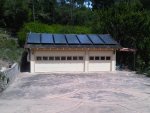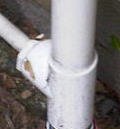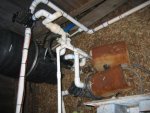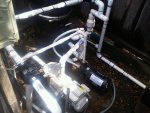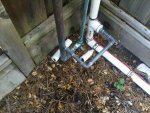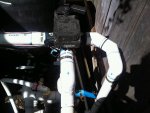Follow up to a conversation started in this topic. JasonLion
I just saw this post you did in January - I wonder if at 1500 RPM if I have enough pressure to keep the vacuum valve closed - how would I tell?
I just saw this post you did in January - I wonder if at 1500 RPM if I have enough pressure to keep the vacuum valve closed - how would I tell?
mas985 said:You can get a pump on low speed to work with solar but there are few things you need to take into consideration.
First, the solar panel efficiency is much lower when the pump is on low speed so you won't get as large a heat gain on low speed than high speed.
Second, if your panels have a vacuum release valve, it will need to be installed a few feet above the pump on the supply line. This is because low speed of a pump does not have enough pressure to keep the valve closed when it is on the roof.
Third, you will need a controller that allows the pump to prime the panels on high speed and then drop down to low speed after they are primed. This is the hard one. Most automatic controllers will force the pump to high speed when there is solar demand. You might be able to wire a mechanical timer of sorts to change speed after a certain amount of on time. Variable speed pumps/controllers do not have this problem as you can set any speed you want for any function that you want.


